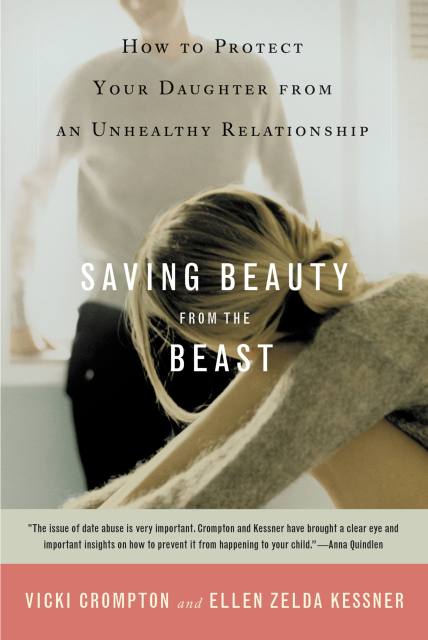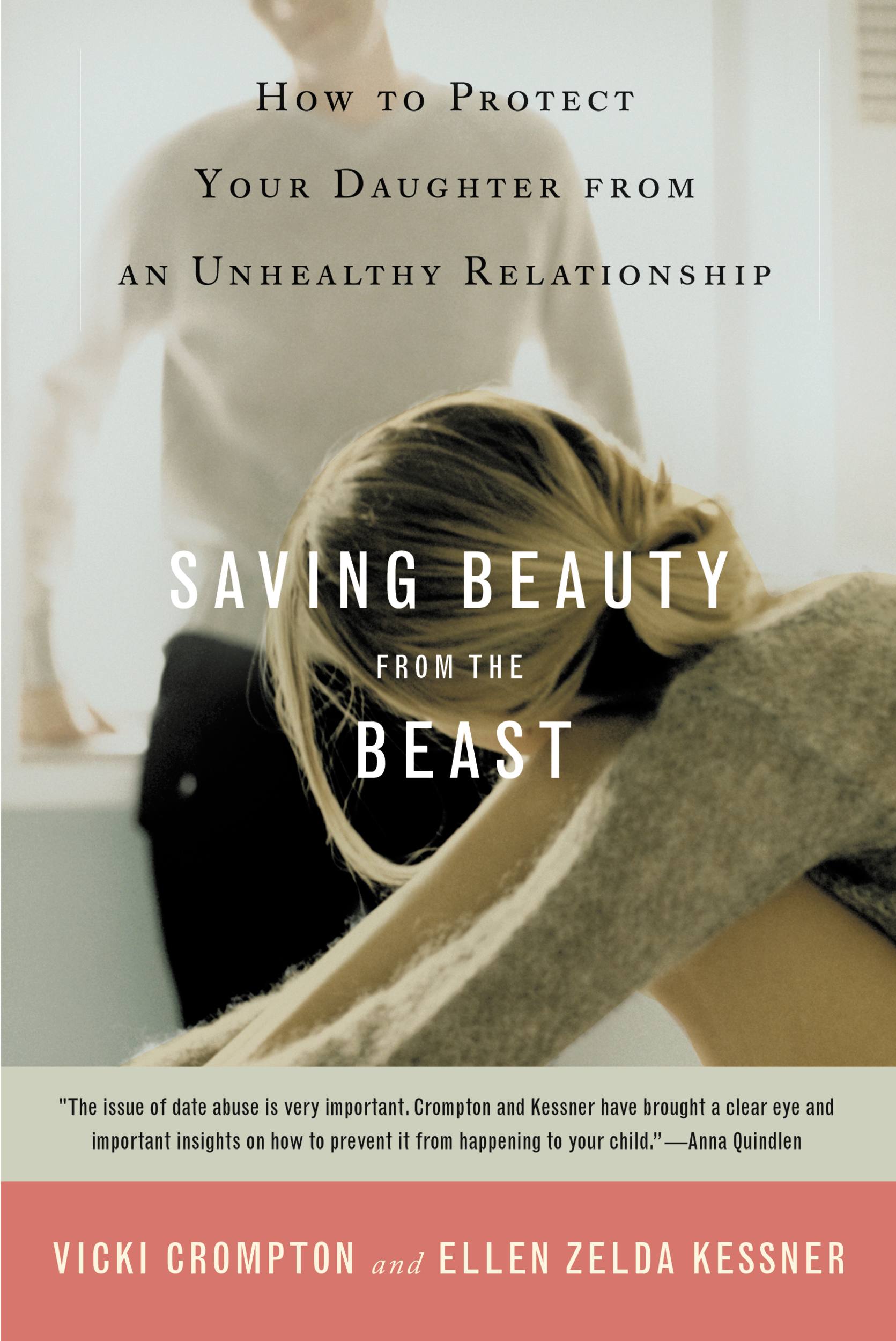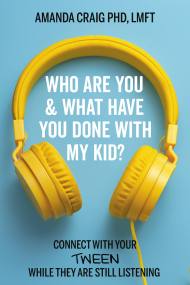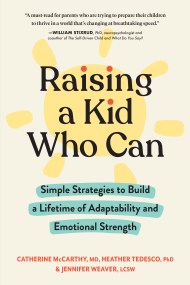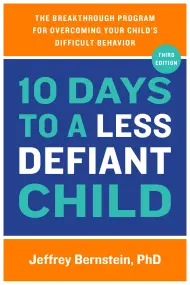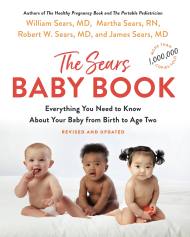Saving Beauty from the Beast
How to Protect Your Daughter from an Unhealthy Relationship
Contributors
By Vicki Crompton
By Ellen Zelda Kessner
Formats and Prices
Price
$9.99Price
$12.99 CADFormat
Format:
- ebook $9.99 $12.99 CAD
- Trade Paperback $21.99 $28.99 CAD
This item is a preorder. Your payment method will be charged immediately, and the product is expected to ship on or around September 3, 2007. This date is subject to change due to shipping delays beyond our control.
Also available from:
This essential and timely book incorporates the insights and advice of experts in the fields of education, adolescent psychology, criminal justice, threat assessment, and sociology. Authors Crompton and Kessner also include the voices of teenagers and parents to provide an in-depth portrait of the dynamics of controlling behavior.
Genre:
- On Sale
- Sep 3, 2007
- Page Count
- 272 pages
- Publisher
- Little, Brown and Company
- ISBN-13
- 9780316030045
Newsletter Signup
By clicking ‘Sign Up,’ I acknowledge that I have read and agree to Hachette Book Group’s Privacy Policy and Terms of Use
